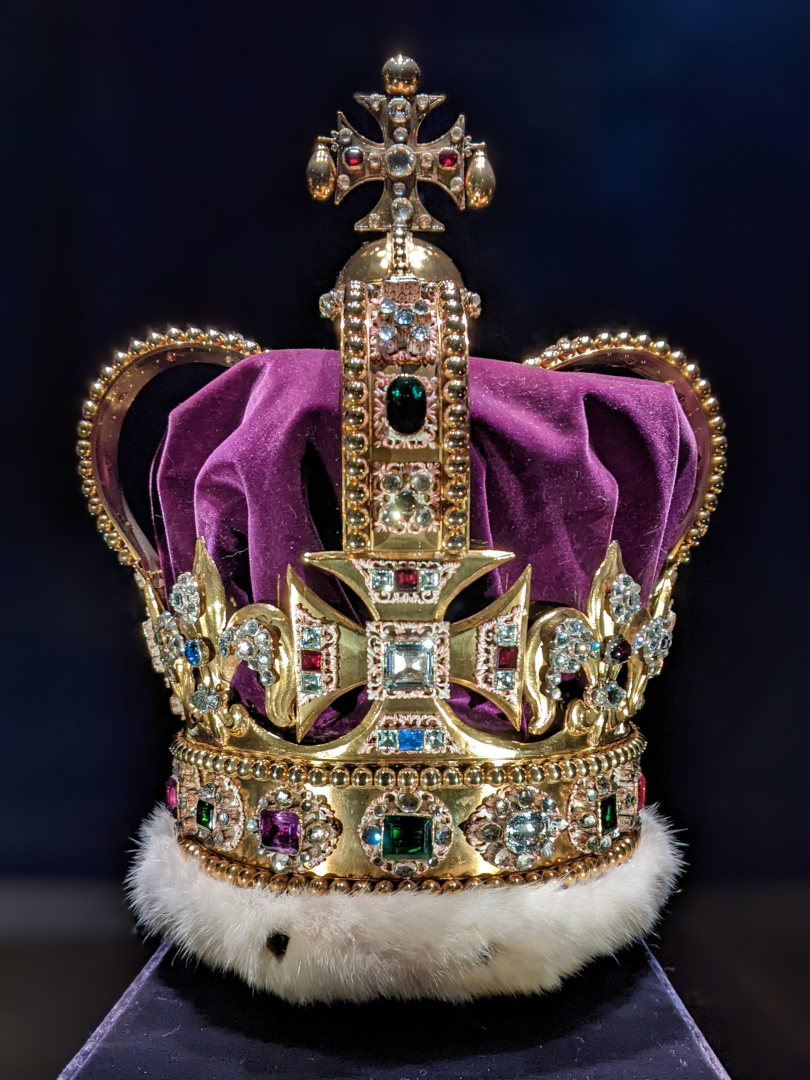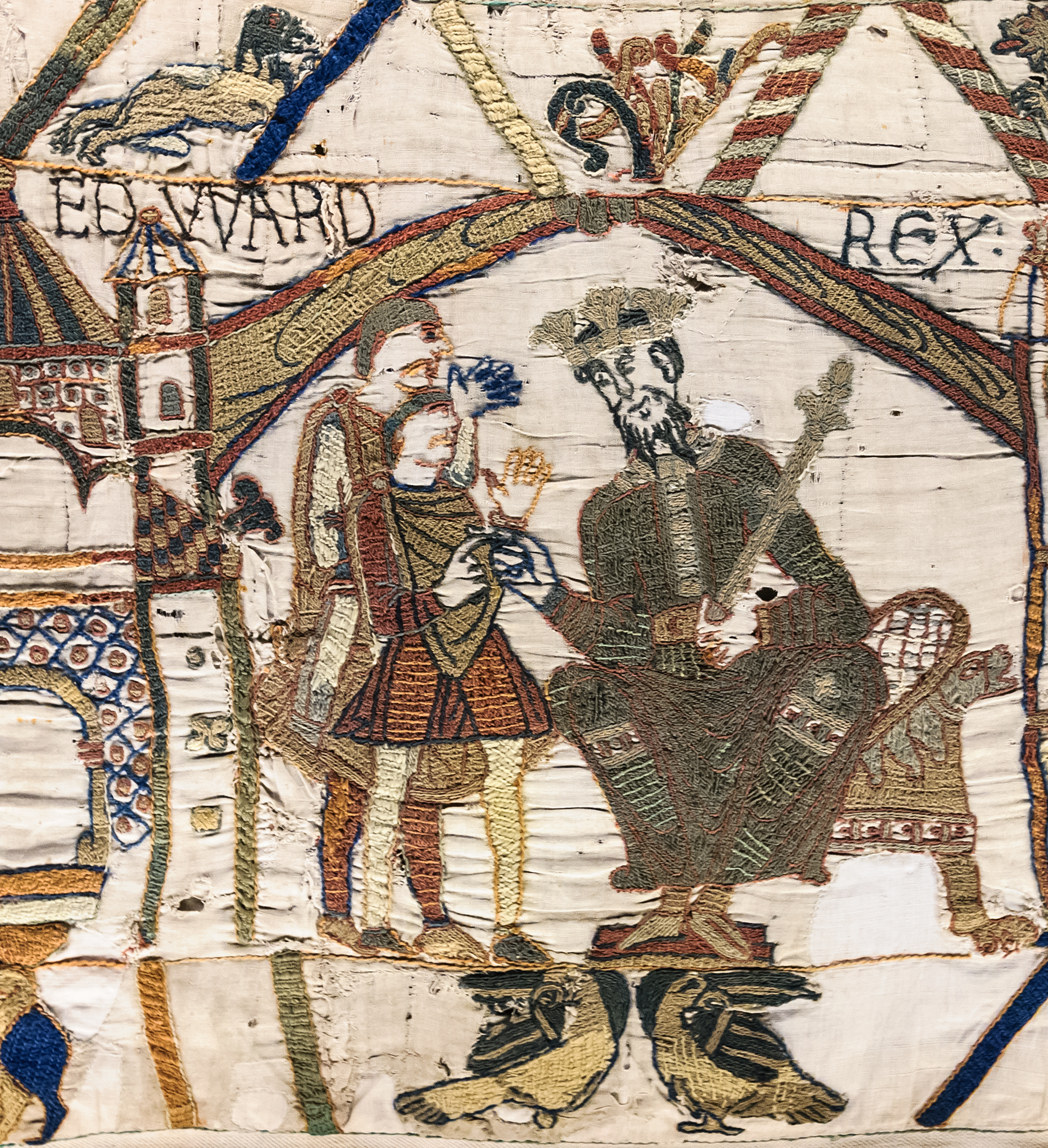|
Crown Jewels Of The United Kingdom
The Crown Jewels of the United Kingdom, originally the Crown Jewels of England, are a collection of royal ceremonial objects kept in the Tower of London which include the Coronation of the British monarch, coronation regalia and vestments worn by British monarchs. Symbols of over 800 years of monarchy, the coronation regalia are the only working set in Europe and the collection is the most historically complete of any regalia in the world. Objects used to invest and crown British monarchs variously denote their role as head of state of the United Kingdom and other countries of the Commonwealth of Nations, Commonwealth, Supreme Governor of the Church of England, and head of the British armed forces. They feature heraldic devices and national emblems of England, Scotland, Wales and Northern Ireland. Use of regalia by monarchs in England can be traced back to when it was converted to Christianity in the Early Middle Ages. A permanent set of coronation regalia, once belonging to E ... [...More Info...] [...Related Items...] OR: [Wikipedia] [Google] [Baidu] |
Saint Edward's Crown
St Edward's Crown is the centrepiece of the Crown Jewels of the United Kingdom. Named after Saint Edward the Confessor, versions of it have traditionally been used to crown English and British monarchs at their coronations since the 13th century. The original crown was a holy relic kept at Westminster Abbey, Edward's burial place, until the regalia were either sold or melted down when Parliament abolished the monarchy in 1649, during the English Civil War. The current St Edward's Crown was made for Charles II in 1661. It is solid gold, tall, weighs , and is decorated with 444 precious and semi-precious stones. The crown is similar in weight and overall appearance to the original, but its arches are Baroque. After 1689, it was not used to crown any monarch for over 200 years. In 1911, the tradition was revived by George V and has continued ever since. In 1953, Elizabeth II opted for a stylised image of this crown to be used on coats of arms and other insigni ... [...More Info...] [...Related Items...] OR: [Wikipedia] [Google] [Baidu] |
Coronation Of The British Monarch
The coronation of the monarch of the United Kingdom is a ceremony (specifically, initiation rite) in which they are formally invested with regalia and crowned at Westminster Abbey. It corresponds to the coronations that formerly took place in other European monarchies, all of which have abandoned coronations in favour of inauguration or enthronement ceremonies. A coronation is a symbolic formality and does not signify the official beginning of the monarch's reign; ''de jure'' and ''de facto'' their reign commences from the moment the preceding monarch dies, maintaining the legal continuity of the monarchy. The coronation usually takes place several months after the death of the previous monarch, as it is considered a joyous occasion that would be inappropriate while mourning continues. This interval also gives the planners enough time to complete the elaborate arrangements required. For example, Queen Elizabeth II was crowned on 2 June 1953, having ascended the throne ... [...More Info...] [...Related Items...] OR: [Wikipedia] [Google] [Baidu] |
Restoration (England)
The Restoration of the Stuart monarchy in the kingdoms of England, Scotland and Ireland took place in 1660 when King Charles II returned from exile in continental Europe. The preceding period of the Protectorate and the civil wars came to be known as the Interregnum (1649–1660). The term ''Restoration'' is also used to describe the period of several years after, in which a new political settlement was established. It is very often used to cover the whole reign of King Charles II (1660–1685) and often the brief reign of his younger brother King James II (1685–1688). In certain contexts it may be used to cover the whole period of the later Stuart monarchs as far as the death of Queen Anne and the accession of the Hanoverian King George I in 1714. For example, Restoration comedy typically encompasses works written as late as 1710. The Protectorate After Richard Cromwell, Lord Protector from 1658 to 1659, ceded power to the Rump Parliament, Charles Fleetwood and John ... [...More Info...] [...Related Items...] OR: [Wikipedia] [Google] [Baidu] |
English Civil War
The English Civil War (1642–1651) was a series of civil wars and political machinations between Parliamentarians (" Roundheads") and Royalists led by Charles I ("Cavaliers"), mainly over the manner of England's governance and issues of religious freedom. It was part of the wider Wars of the Three Kingdoms. The first (1642–1646) and second (1648–1649) wars pitted the supporters of King Charles I against the supporters of the Long Parliament, while the third (1649–1651) saw fighting between supporters of King Charles II and supporters of the Rump Parliament. The wars also involved the Scottish Covenanters and Irish Confederates. The war ended with Parliamentarian victory at the Battle of Worcester on 3 September 1651. Unlike other civil wars in England, which were mainly fought over who should rule, these conflicts were also concerned with how the three Kingdoms of England, Scotland and Ireland should be governed. The outcome was threefold: the trial of and ... [...More Info...] [...Related Items...] OR: [Wikipedia] [Google] [Baidu] |
Tudor Period
The Tudor period occurred between 1485 and 1603 in History of England, England and Wales and includes the Elizabethan period during the reign of Elizabeth I until 1603. The Tudor period coincides with the dynasty of the House of Tudor in England that began with the reign of Henry VII of England, Henry VII (b. 1457, r. 14851509). Historian John Guy (historian), John Guy (1988) argued that "England was economically healthier, more expansive, and more optimistic under the Tudors" than at any time since the Roman occupation. Population and economy Following the Black Death and the agricultural depression of the late 15th century, the population began to increase. In 1520, it was around 2.3 million. By 1600 it had doubled to 4 million. The growing population stimulated economic growth, accelerated the commercialisation of agriculture, increased the production and export of wool, encouraged trade, and promoted the growth of London. The high wages and abundance of available land seen ... [...More Info...] [...Related Items...] OR: [Wikipedia] [Google] [Baidu] |





